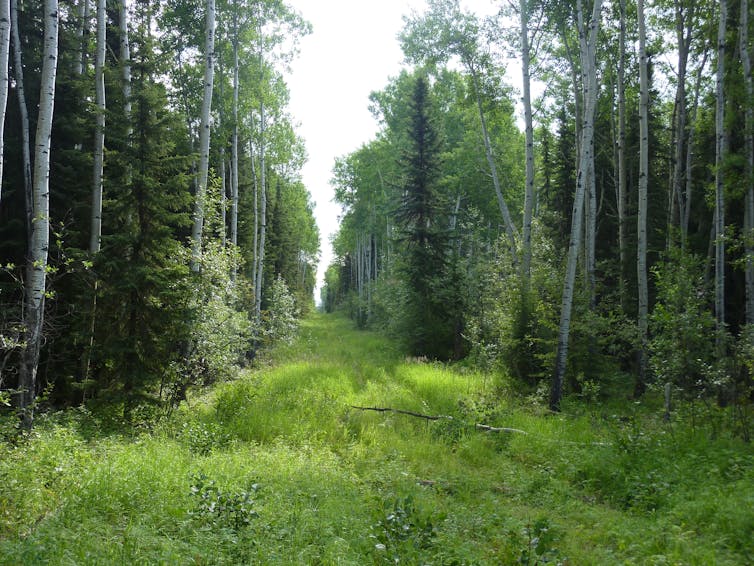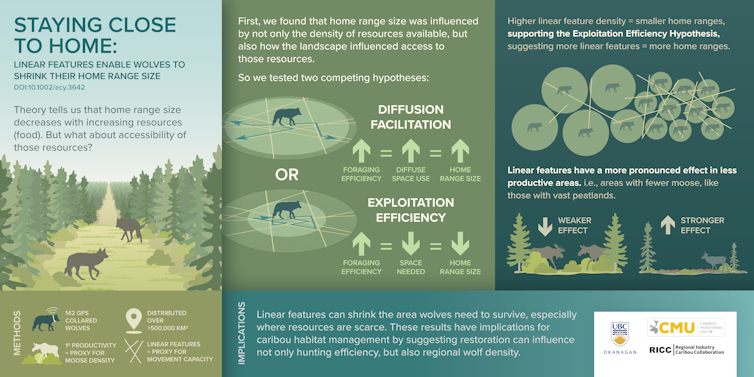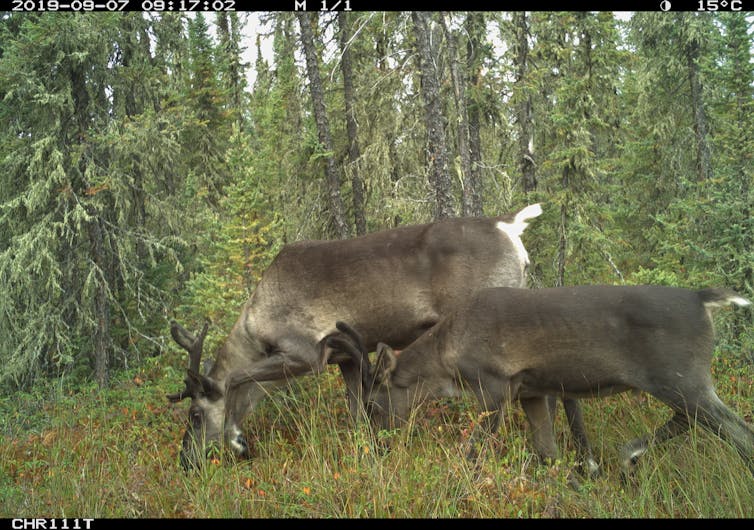Look, it’s a black-capped chickadee! No, wait, it’s a boreal chickadee. Every Canadian can recognize the former, and its calls. But the lesser-known boreal chickadee has the same tiny body, big head, and round belly. (Adorbs.) Look carefully, though, and you’ll note the differences between the two species. The boreal chickadee has a brown cap, and darker, cinnamon-coloured sides. (Why isn’t it called the brown-capped chickadee? Good question.)
Where does the boreal chickadee live?
In North America, this songbird sticks almost exclusively to spruce and fir forests in Canada, and a few neighbouring states, such as Alaska. You can find these chickadees in almost every province, and, like black-caps, they don’t migrate (though they’ll move slightly south in the winter if there are food shortages). They prefer to feed off older trees. They’ll cling to tree cones, and poke around with their beaks to get at seeds or bugs. Their short bills are also tough enough to loosen tree bark and uncover insect eggs and larvae.
What does the boreal chickadee sound like?
The species produces a call that’s similar to its black-capped cousin’s, but it’s a little rougher and harsher, less sweet and melodic: tschick-a-dee-dee. Like other birds, boreals have all kinds of vocalizations, for alarm, warning, courtship, and aggression—everything from a low gargle to a twitter to a series of short chirps and squeals. Still, it’s a lot less chatty than the black-capped chickadee—one reason why some birders consider the boreal reclusive. And unlike our other chickadee species, the boreal chickadee doesn’t vocalize to announce its breeding territory. (For such a wee bird this can be a large chunk of real estate: up to 13 acres.) Instead, to scare off intruders, males will use a chin-up motion, or a “ruffle display”: they puff up their feathers and wings. Oh, stop frontin’, chickadee. Just kidding. We know that you’re tough.
Are they endangered?
Because boreal chickadees have a more remote and northern range than many other bird species, it’s hard for experts to monitor their numbers. Still, one survey estimated that population increased by 38 per cent between 1970 and 2017, and according to the North American Breeding Bird Survey, their numbers appear stable. So even though a lot of avian species are struggling, the future looks bright for this bird.













